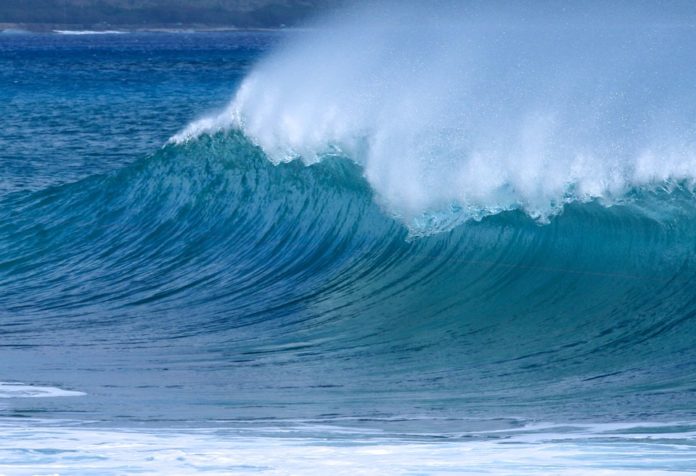Since the end of the last century, many investigations have been carried out concerning the question if stresses due to the tidal forcing of the earth do trigger earthquakes or volcanic activities. Since the publications are so numerous and the results so controversial a complete review is impossible.
The strong tidal triggering of mid-ocean ridge earthquakes has remained unexplained because the earthquakes occur preferentially during low tide when normal faulting earthquakes should be inhibited.
But, this made everyone stumped, as conventional theory suggests that those earthquakes should occur at high tides.
Scientists in a new study have uncovered the mechanism for this seeming paradox, and it comes down to the magma below the mid-ocean ridges.
Christopher Scholz, a seismologist at Columbia University‘s Lamont-Doherty Earth Observatory said, “It’s the magma chamber breathing, expanding and contracting due to the tides, that’s making the faults move.”
The low tide relationship is amazing because of the way the mid-ocean fault moves. This fault can be considered as a tilted plane that separates two blocks of earth. During movement, the upper block slides down with respect to the lower one. So, scientists expected that at high tides, when there is more water sitting on top of the fault, it would push the upper block down and cause the earthquakes. But that’s not what happens.
Scholz said, “Instead, the fault slips down during low tide, when forces are actually pulling upwards—which is the opposite of what you’d expect.”
To reveal the mystery, scientists studied the Axial Volcano along the Juan de Fuca Ridge in the Pacific Ocean. The volcano occurs every 10 years, thus scientists have set up dense networks of ocean bottom instruments to monitor it. They then used the outcomes to model and explore different ways the low tides could be causing the tremors.
In the end, it came down to a component that no one else had considered before: the volcano’s magma chamber, a soft, pressurized pocket below the surface. Scientists observed that when the tide is low, there is less water sitting on top of the chamber and it expands. As it puffs up, it strains the rocks around it, forcing the lower block to slide up the fault, and causing earthquakes in the process.
Scholz said, “Furthermore, the tidal earthquakes in this region are so sensitive that we can see details in the response that nobody could ever see before.”
At the point when the group outlined the earthquake rate versus the stress on the fault, they comprehend that even the most minor pressure could trigger a quake. The tidal data helped to calibrate this impact, yet the triggering pressure could be brought about by anything, for example, the seismic waves from another quake, or fracking wastewater pumped into the ground.
Scholz said, “People in the hydrofracking business want to know, is there some safe pressure you can pump and make sure you don’t produce any earthquakes? And the answer that we find is that there isn’t any—it can happen at any level of stress.”
“Of course, small stress over a small area isn’t going to cause a devastating earthquake, and the exact amount of stress needed varies from place to place. Our point is there’s no intrinsic stress that has to be exceeded to cause an earthquake. There isn’t any rule of thumb.”
The study published today in Nature Communications.
